Take a look inside this historic converted mill, heated by a water source heat pump
See how this converted 19th-century factory, now on the market, is utilising a water source heat pump and other environmentally friendly features
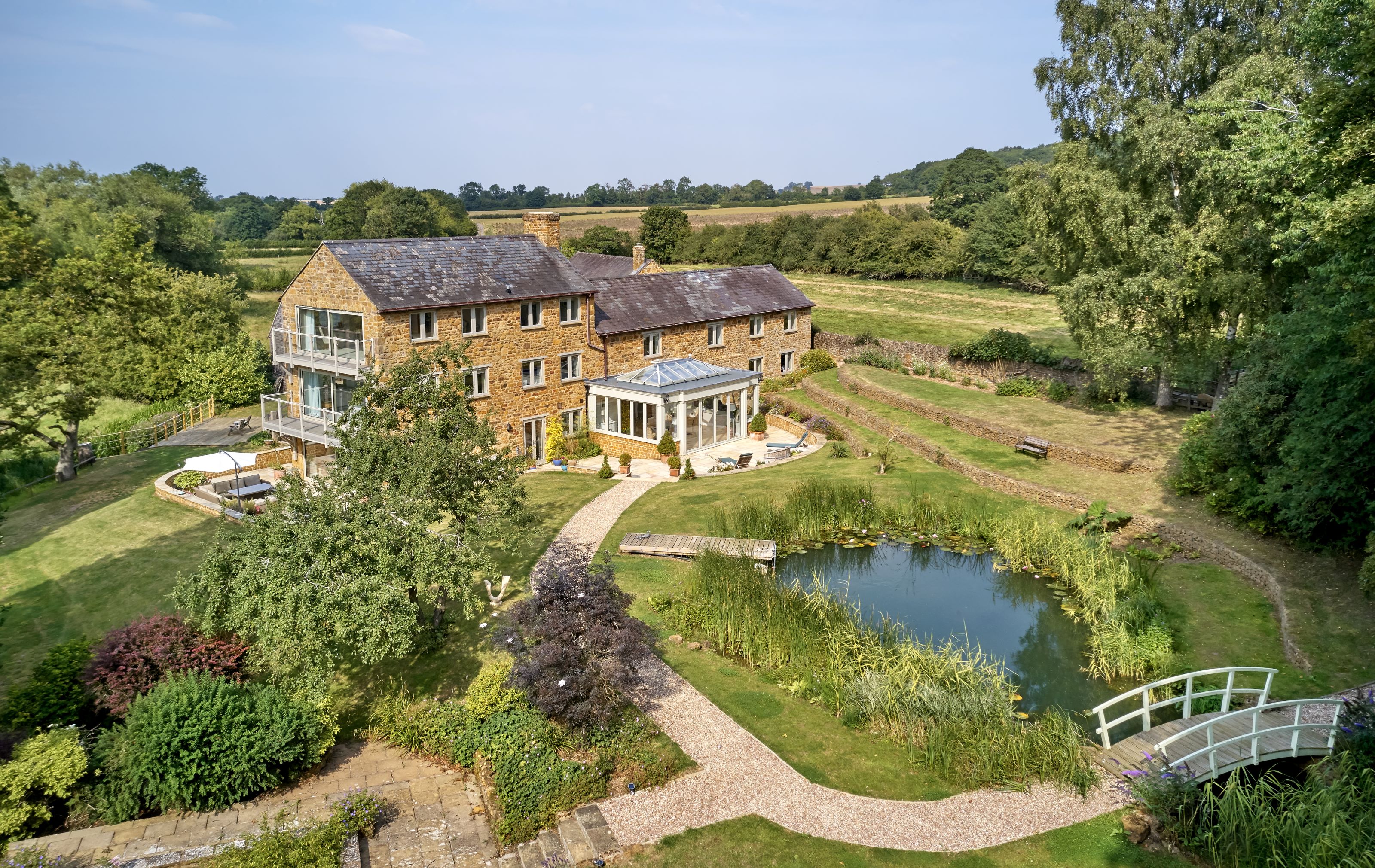
Snorscomb Mill, near the village of Everdon, Northamptonshire, was originally built as a factory in the 19th century, although it has undergone changes over the years, none more so than its source of heating.
An increasing number of properties are utilising more environmentally friendly heating solutions, such as ground and air source heat pumps. However, this converted mill has been utilising a nearby stream for its heating.
The unconventional L-shaped property, now on the market, is also surrounded by a natural swimming pool and terrace area looking out onto a woodland area.
If you are exploring sustainable solutions for your renovation or conversion project, then take a look inside this unusual property.
Heat extracted from local stream heats the property
In 2016, ISO Energy was commissioned to install a system to heat the converted mill using a water source heat pump. This makes use of a holding pond located beside a stream running alongside the property.
To achieve this, energy blades – said to maximise 'energy extraction rate from the smallest possible footprint' – were sunk into the pond, which is a tributary of the stream. The holding pond offers a greater depth than the stream, and its temperature usually ranges from 7°C to 12°C. The liquid inside the blades in turn absorbs heat from the water.
The heat is then transported to the house via underground pipes, collecting additional heat from the ground during the process.
Get the Homebuilding & Renovating Newsletter
Bring your dream home to life with expert advice, how to guides and design inspiration. Sign up for our newsletter and get two free tickets to a Homebuilding & Renovating Show near you.
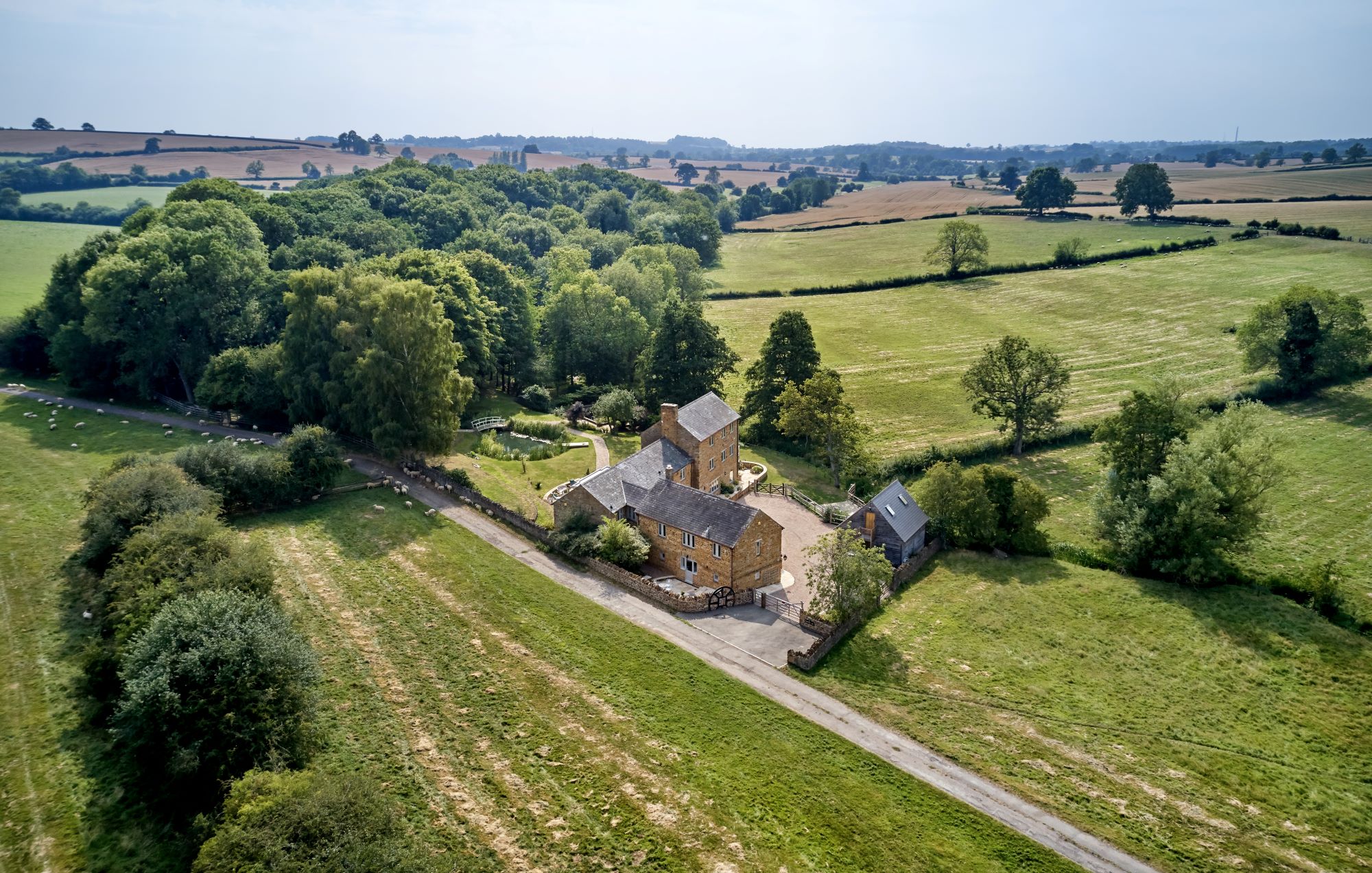

Underfloor heating installed to maximise heat from the water source heat pump
The 19th-century mill has undergone a significant refurbishment, including the addition of underfloor heating.
Pairing underfloor heating with heat pumps is ideal for heating modern, well-insulated homes. Heat pumps generate lower temperatures compared to traditional boilers, making them ideal for use with emitters with larger surface areas, like underfloor heating.
Underfloor heating with wooden floors has been used throughout the reception rooms, open-plan sitting and dining room, and bathroom. There's also a wood burner set within a large stone inglenook, which provides highlight heating.
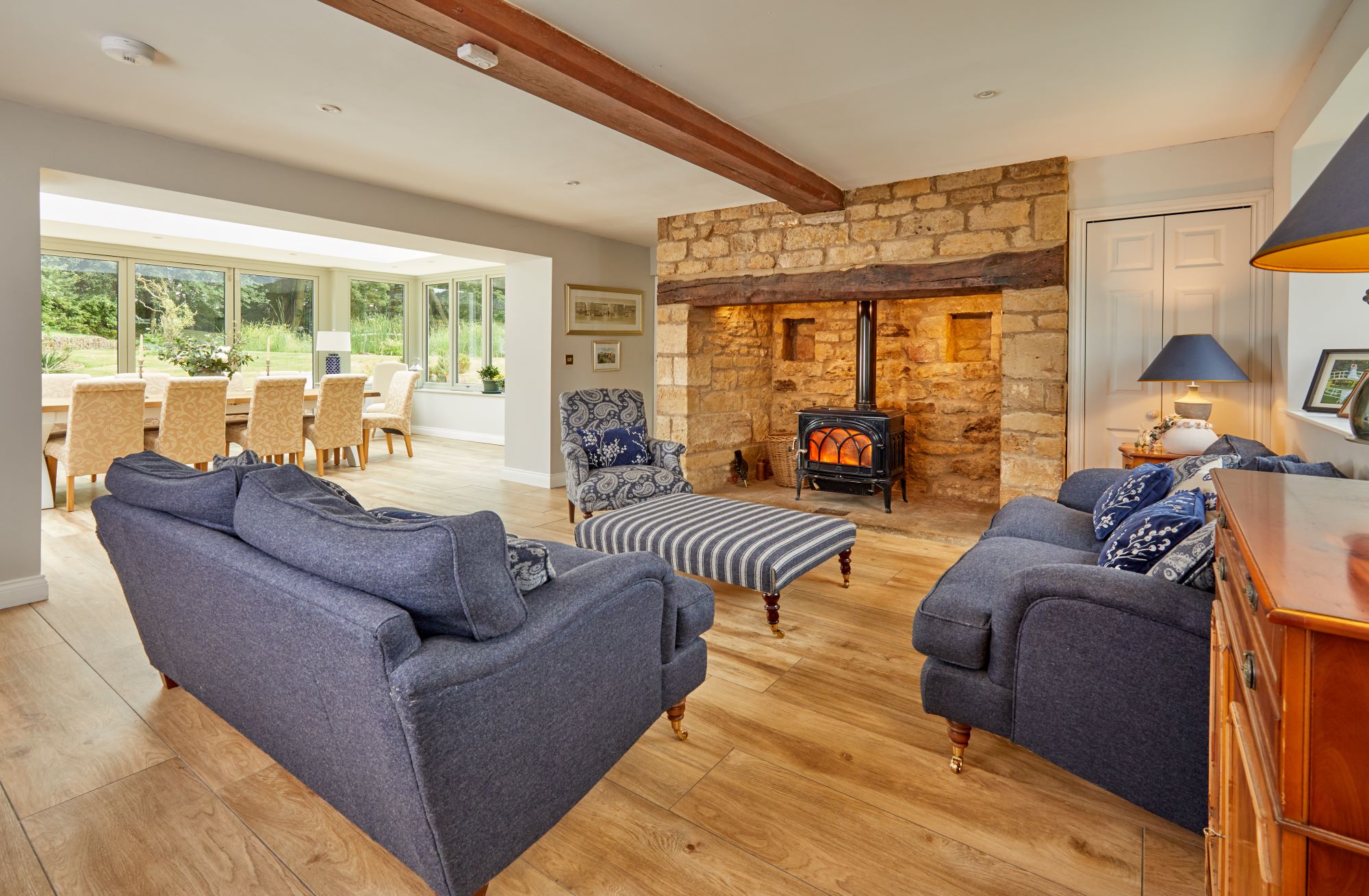
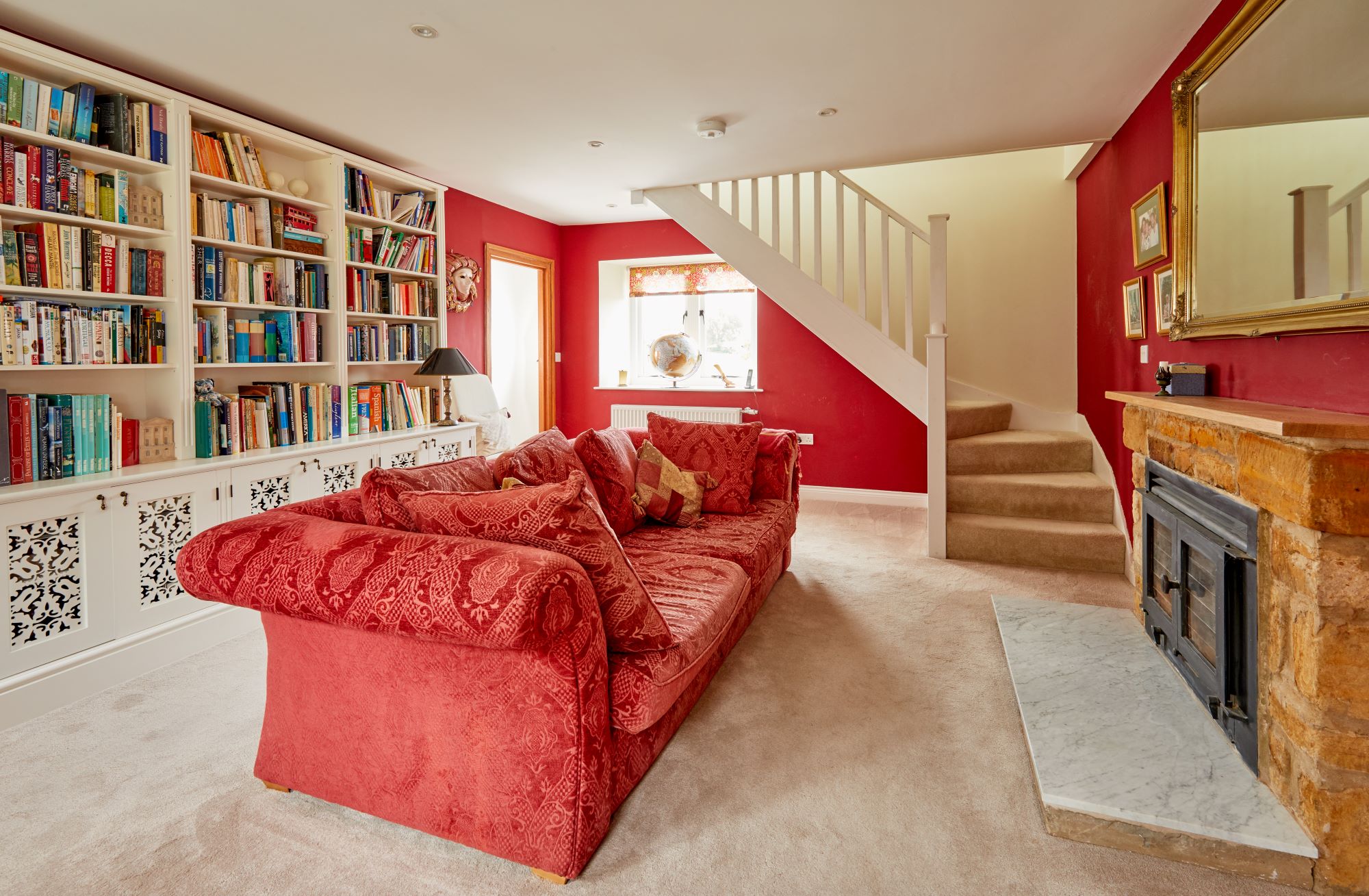
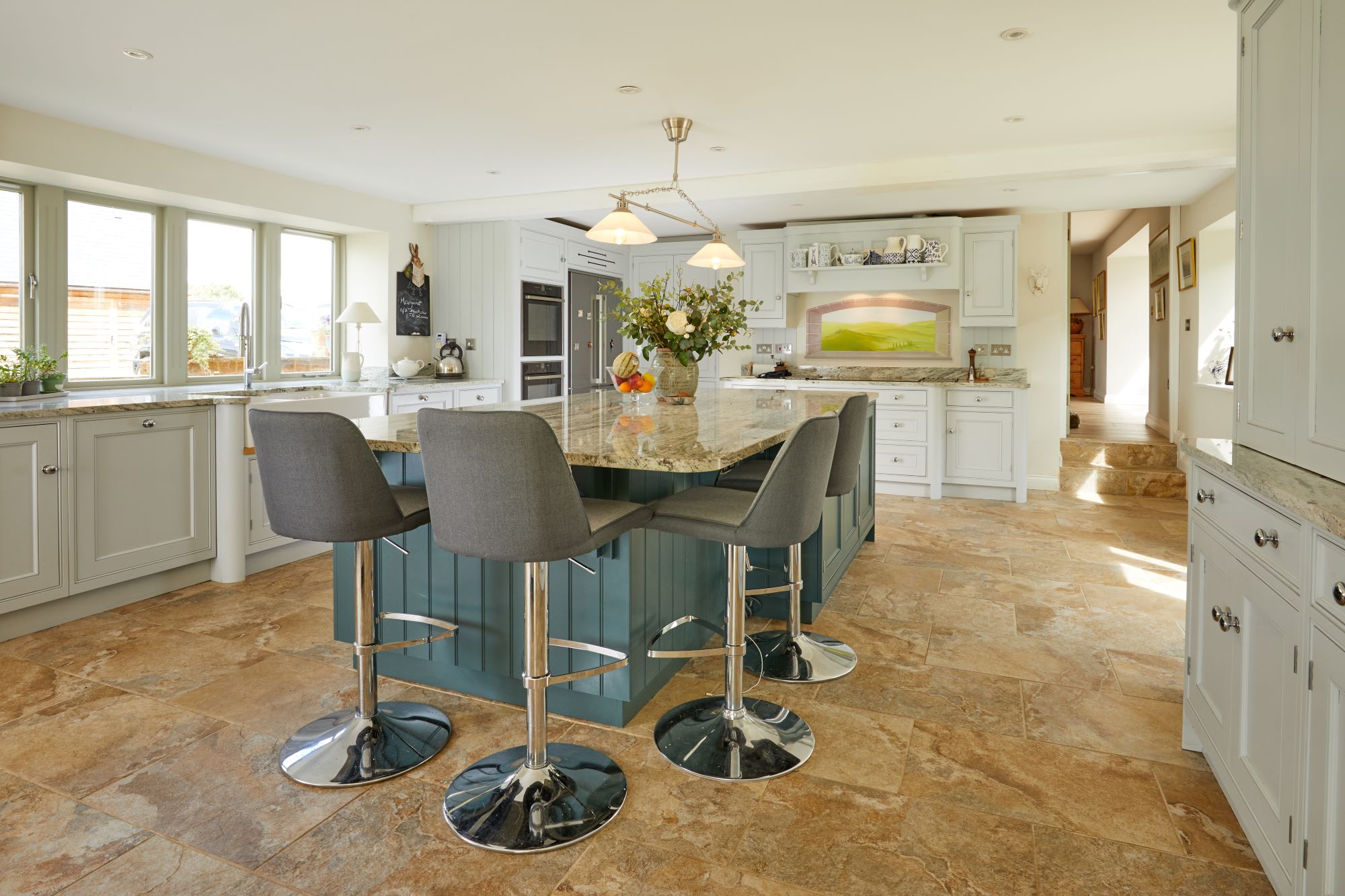
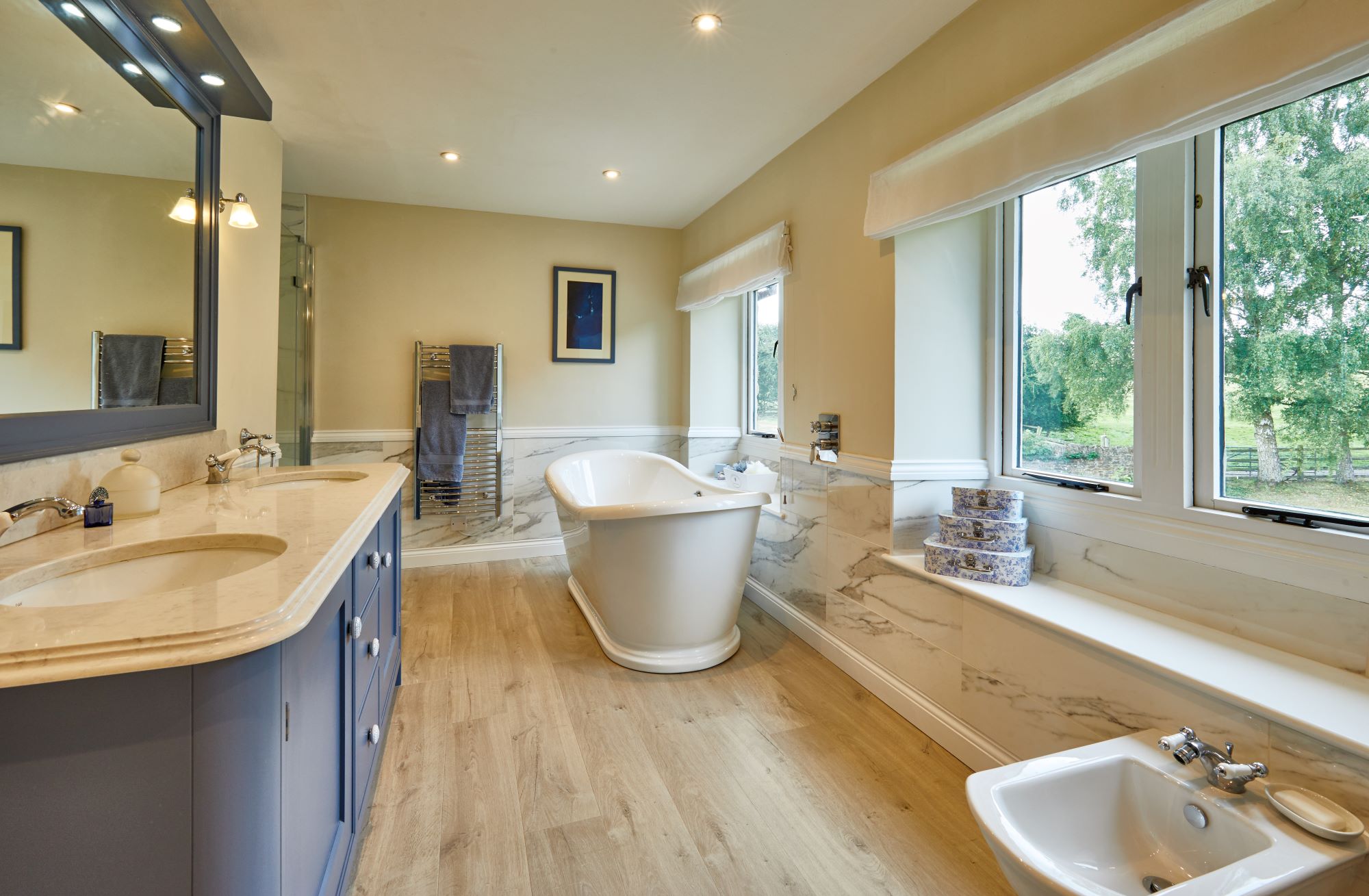
Wild swimming pond continues the water theme
The water theme at this property extends beyond its heat pump — the garden contains a natural swimming pool for wildlife and swimming.
The garden has been meticulously redesigned and landscaped by the current owners, and covers 1½ acres.
The garden also includes a number of other features, such as terraces providing a view of the woodland area, and a wildflower meadow.
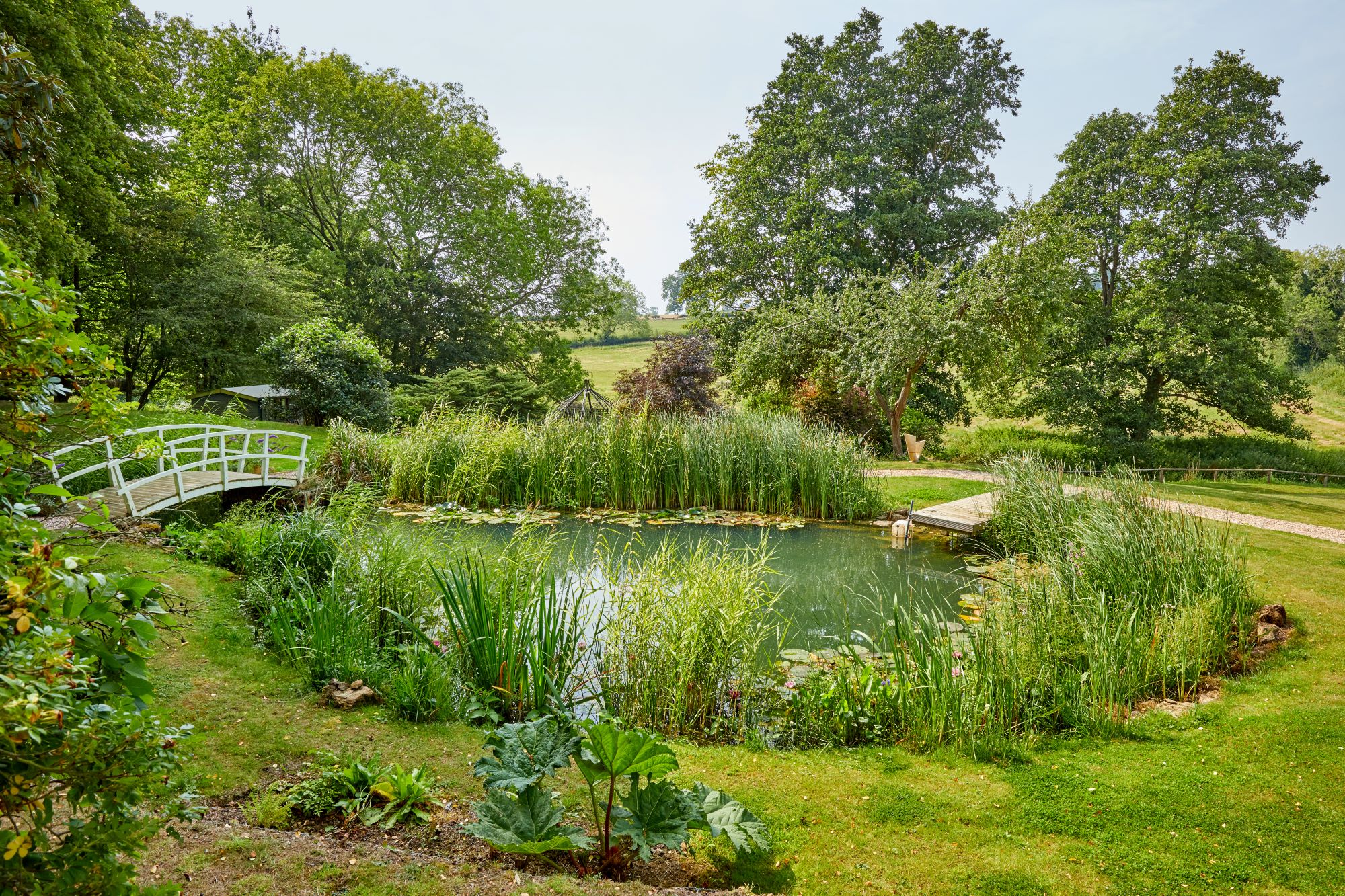
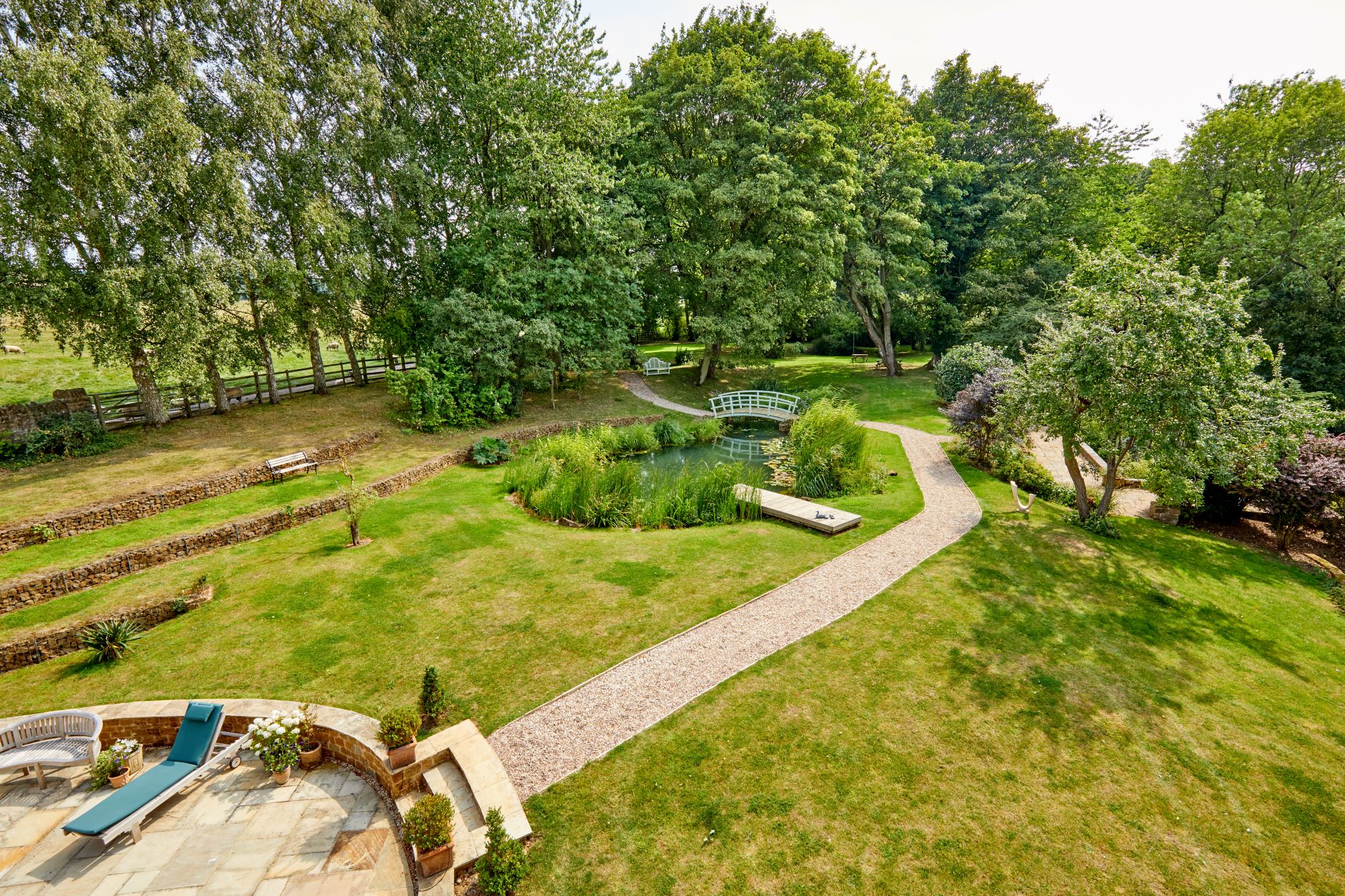
Making the most of the countryside views
Snorscomb Mill features an abundance of windows that bring natural light – and views – into all three floors of the property.
The bedrooms have chalet-style balconies, providing unobstructed views of the gardens and countryside. While the property's outside terrace, which extends beyond the orangery, offers easy access to the garden and surrounding countryside.
The property is for sale by Savills for £1.95 million.
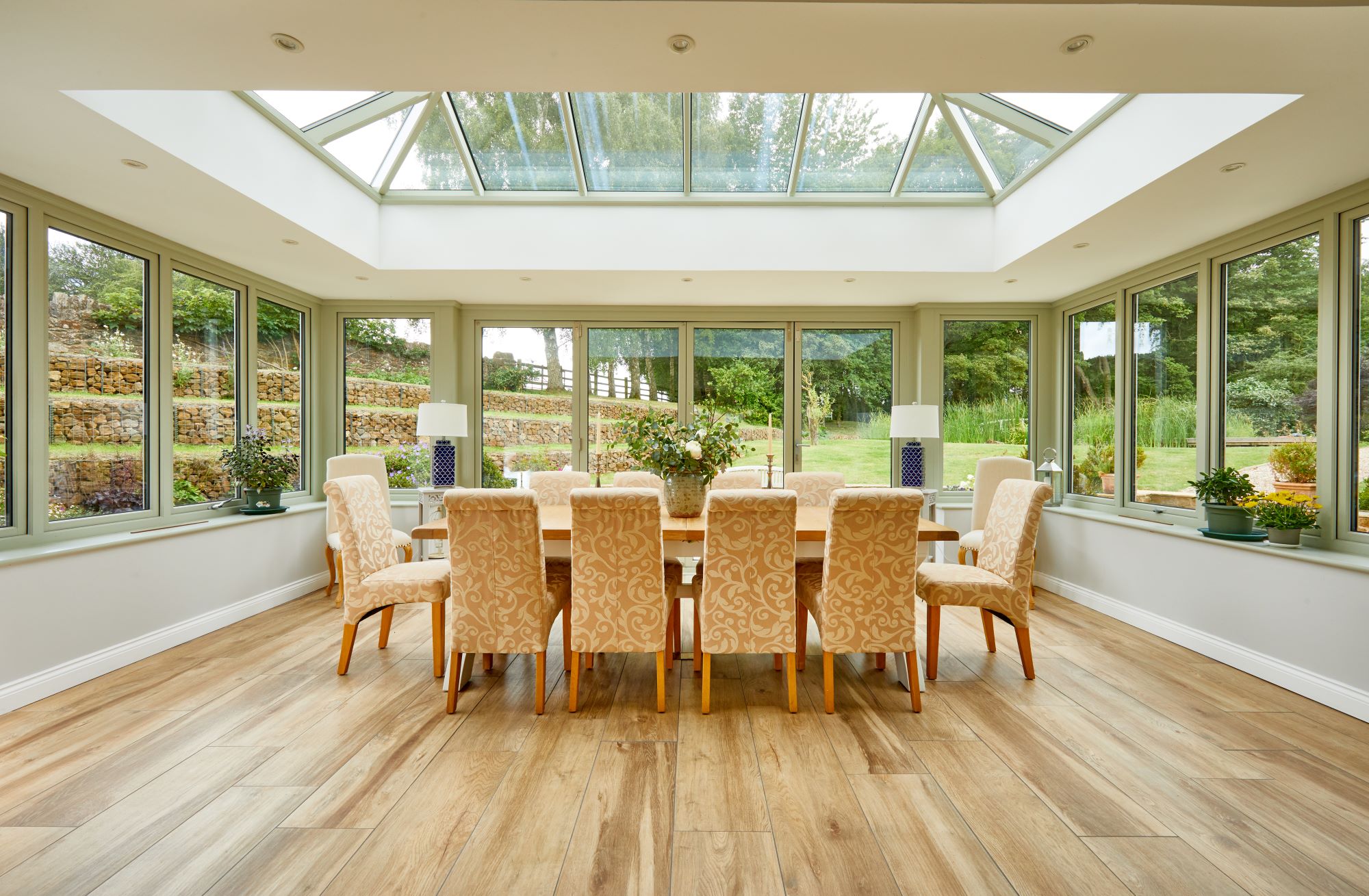
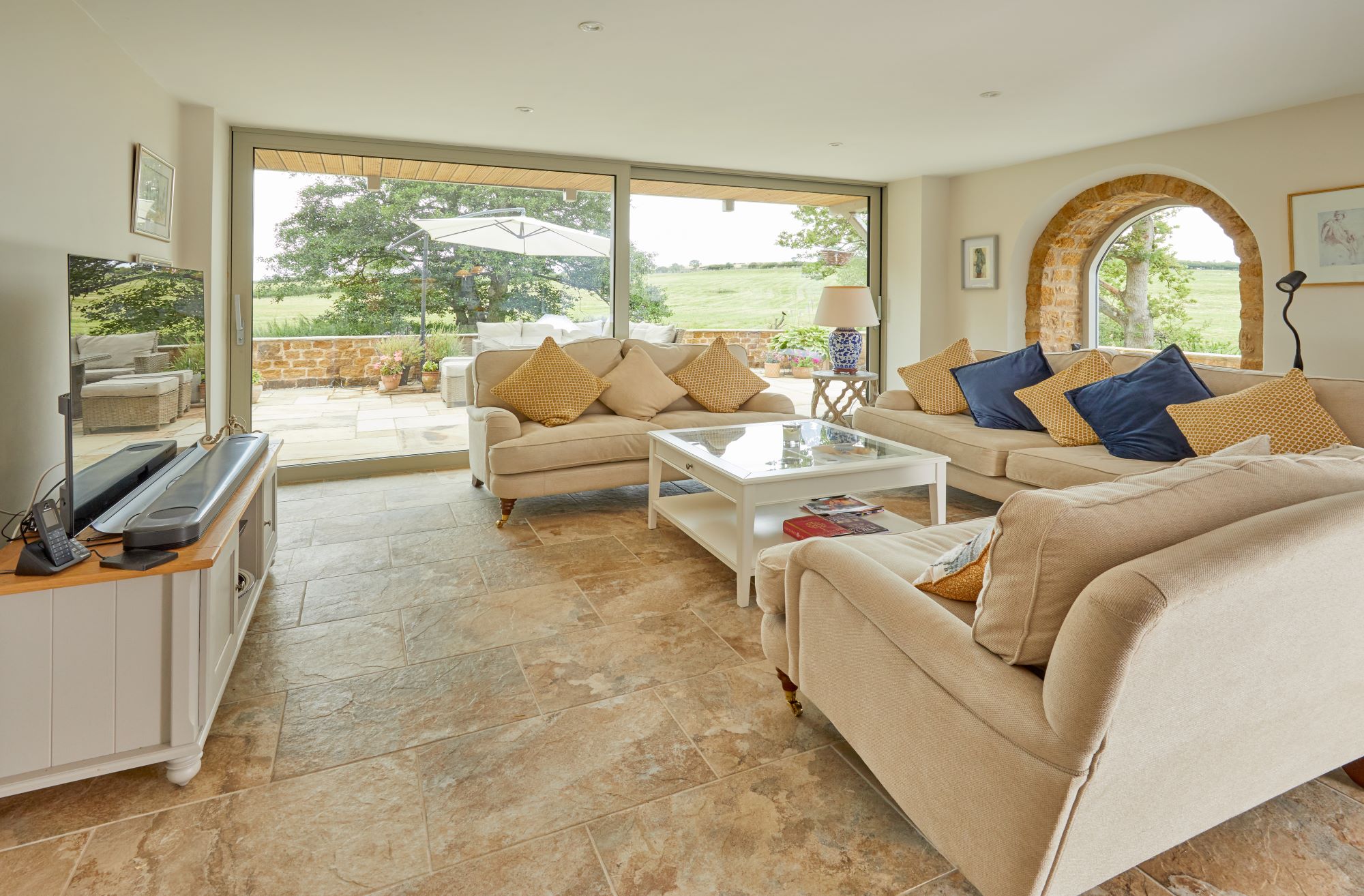
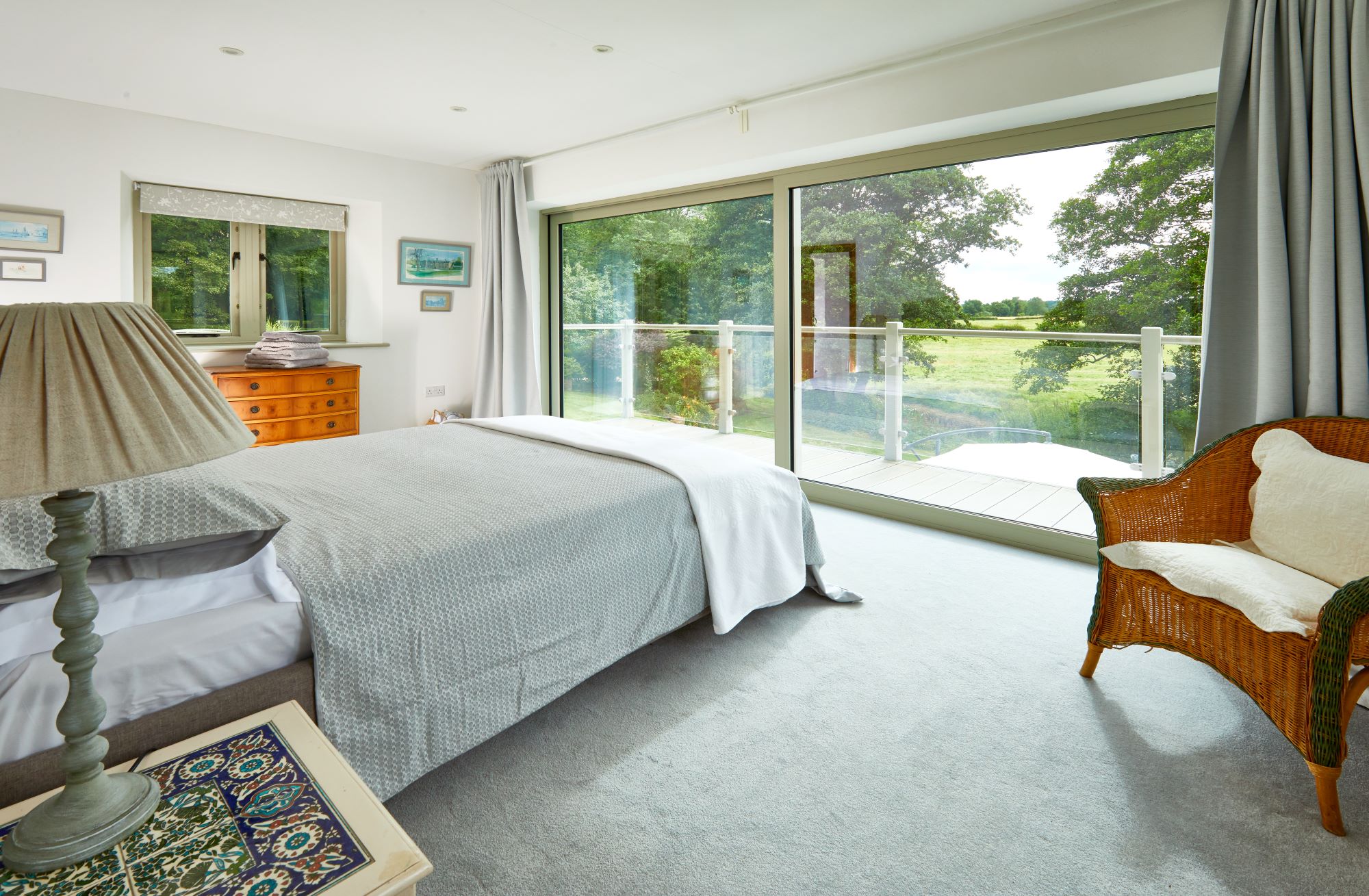

News Editor Joseph has previously written for Today’s Media and Chambers & Partners, focusing on news for conveyancers and industry professionals. Joseph has just started his own self build project, building his own home on his family’s farm with planning permission for a timber frame, three-bedroom house in a one-acre field. The foundation work has already begun and he hopes to have the home built in the next year. Prior to this he renovated his family's home as well as doing several DIY projects, including installing a shower, building sheds, and livestock fences and shelters for the farm’s animals. Outside of homebuilding, Joseph loves rugby and has written for Rugby World, the world’s largest rugby magazine.
